However, we know that visitors can face two challenges. Not everyone feels they can get involved and participate in the activities and experiences we offer, or even that museums are a place for them at all.
People with lower science capital are more likely to find that science museums, or other places where science is presented and discussed, are not a place where they want to spend their time, they can feel intimidating or not relevant to them. But even people with higher science capital can feel out of their comfort zone in museums. We need to address visitors’ fears of feeling out of place because they don’t know what they can do or who can take part.
We want people to feel welcome and comfortable when they visit us. It’s equally important for visitors to have a sense of ownership over their visit and feel able to get involved with the experiences we offer. Our science engagement reflection tool has encouraged us to view our offer from the perspective of different visitors and ensure that everyone is welcomed and supported.
Exhibitions
People can find museums and especially object-rich exhibitions disorientating. Feeling unclear about where to start, what to do or how to behave reinforces the perception that ‘museums aren’t for me’. Helping visitors understand the ‘rules of the game’ allows them to navigate museum experiences with greater confidence. For example, at York Art Gallery it’s clear what you can touch:
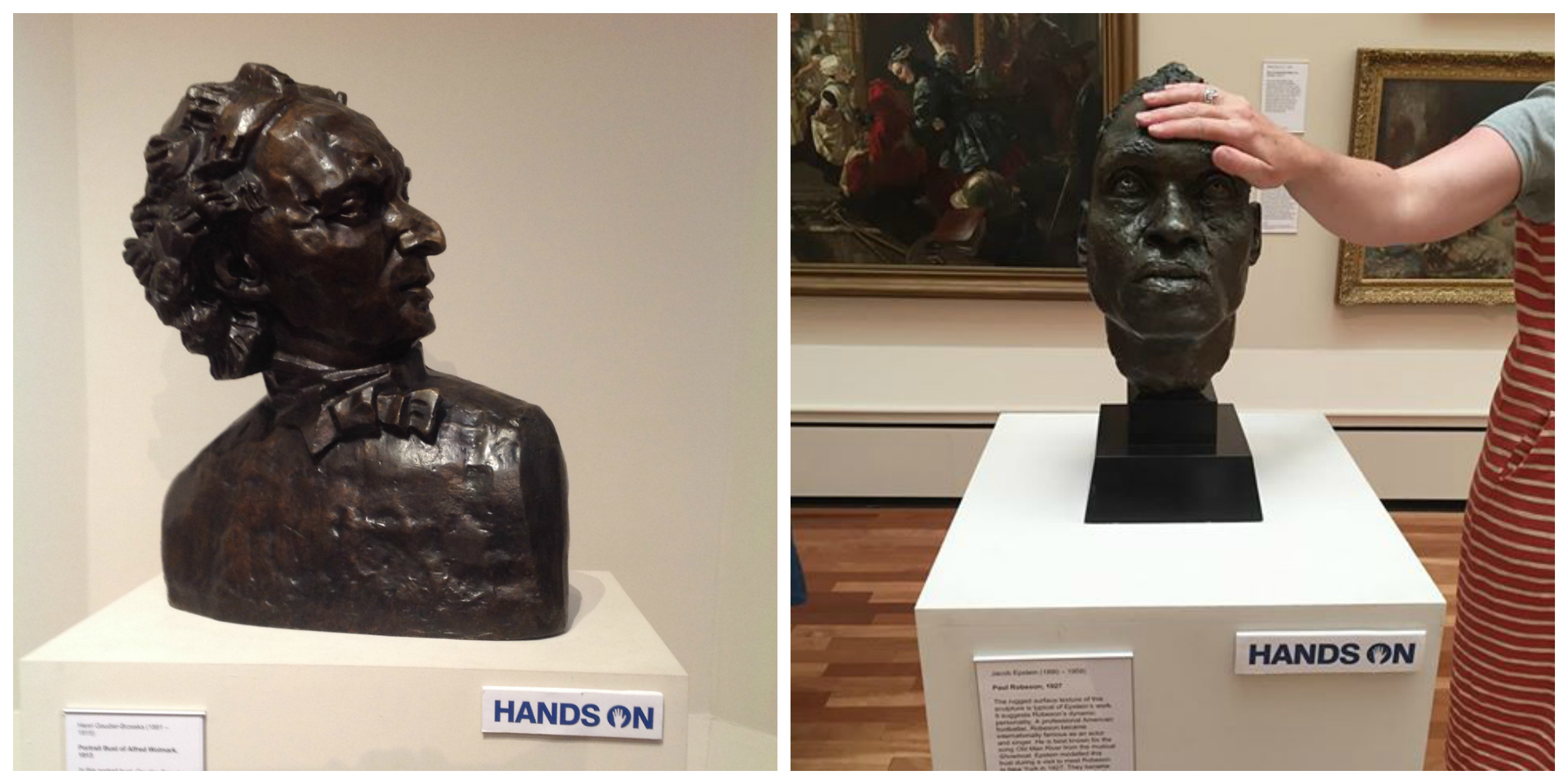 Right image: @rcg_foundation
Right image: @rcg_foundation
But what about when we need to discourage visitors from doing something? No photos, don’t touch, keep off the grass: it can be hard for visitors to feel welcome when we’re unconsciously telling them off. How can we ask visitors not to do something without sounding stuffy? Although we’d like to add the word ‘please’, we think this sign at the Science Museum sets a good tone:
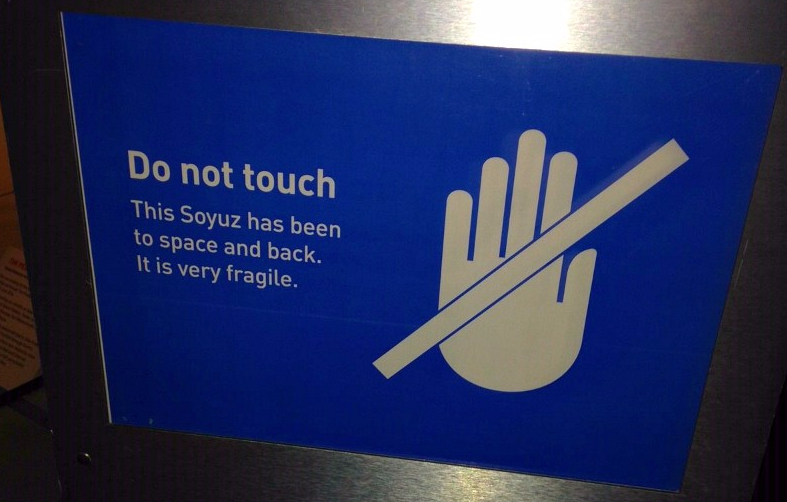
It’s important to explain why we’d like visitors to do what we’re asking – we can’t assume they know. Visitors might not think an object is fragile if it looks sturdy or it’s an everyday object they’re familiar with using. Letting visitors ‘in on the secret’ makes museums and science centres feel more inclusive.
Activities
Participating in science activities helps to build people’s science capital over time. Experiencing science principles in action at a science centre or museum, for example, can create a sense of wonder and fuel curiosity and a desire to find out more. How confident visitors feel participating in activities, however, is influenced by their current science capital and how comfortable they feel in museums; we know from experience that visitors of all ages may need encouragement to get involved. Seeing people ‘like me’ doing activities puts visitors at their ease and offers reassurance that they can join in too. Inclusive labels for Wonderlab, an interactive gallery at the National Science and Media Museum, offer visitors just such reassurance. This feedback from a visitor, whose daughter is a wheelchair user, highlights the importance of seeing people ‘like me’ represented in museums:
This is the first time she has ever seen ‘her daughter’ on an exhibit label, actually engaged with the exhibit…This was an emotional moment for her – her daughter was completely included and it made her realise just how often this is not the case.
Representing the diversity of our visitors in exhibitions helps a broader range of visitors to identify with museums and feel that they belong.
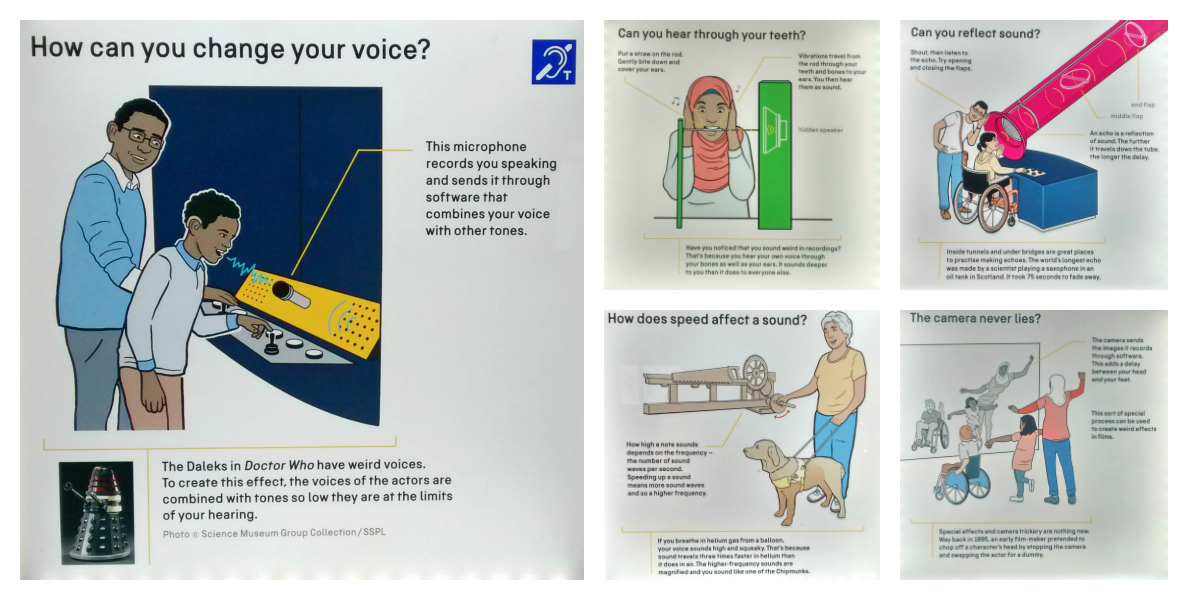
Everyone is different and draws on different experiences, interests and cultural references. Enabling visitors to follow their interests makes it easier for them to make personal connections to science. These displays of trails from the Wellcome Collection gave visitors choice and control over their visit:
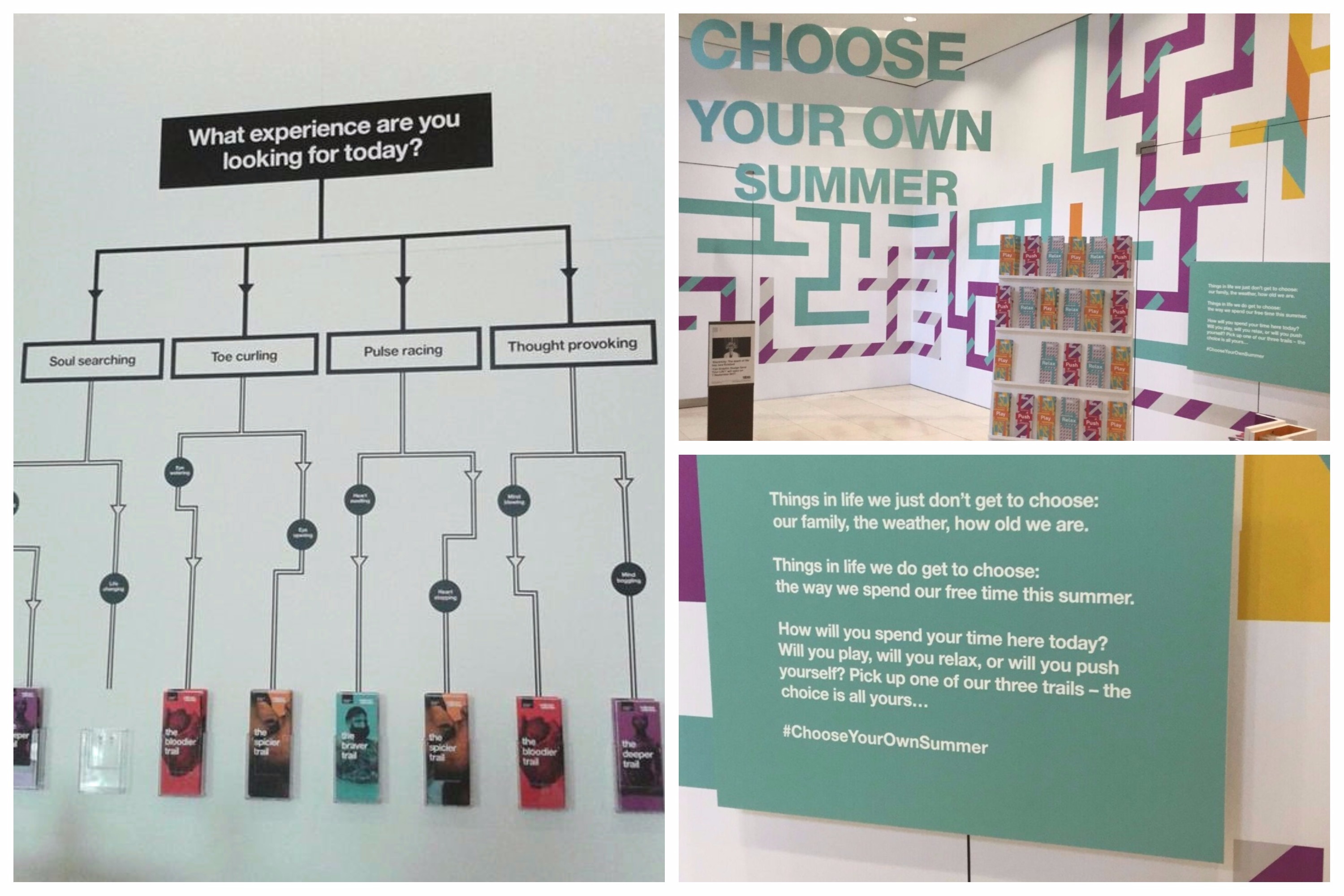
Inviting visitors to follow their interests and share their ideas and personal experience is also a key message in our Audience Engagement training course for scientists running events with the Science Museum Group. On the course, we explore a range of activities that appeal to different audiences, from object handling to hands on experiments, and we encourage the scientists to offer visitors choice in how they engage with their research topic. We particularly advocate activities that spark discussion and give everyone the opportunity to share their opinions. Opinion-based activities or questions that draw on popular experience help visitors make personal connections to science, rather than testing their knowledge. A Family Fortunes style quiz, for example, sparks conversation but takes the pressure off knowing the right answer. It also creates the opportunity to address popular misconceptions about science without undermining visitors’ confidence, by showing that they aren’t alone in thinking that. Opinion-based quizzes are a way to get visitors talking about science together, whatever their science knowledge.
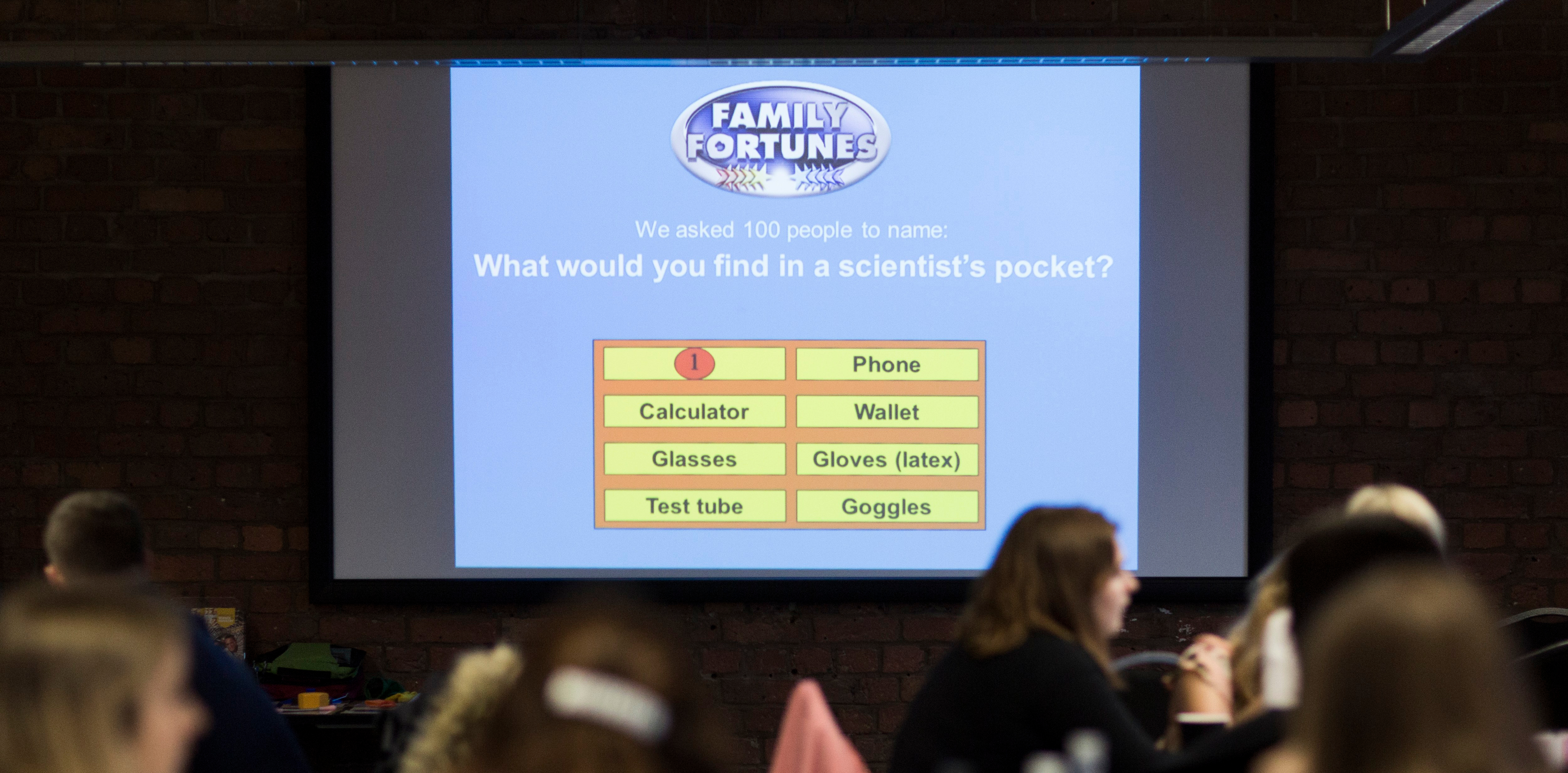
From exhibitions and events to what’s on the menu in the café, there are many ways we can make our experiences more inclusive. Something as small as an ‘ask me a question’ badge can make staff more approachable and support visitors who feel less confident navigating museum experiences. By challenging ourselves to reach out to visitors who feel museums are ‘not for me’ and creating experiences that tap into and value the ideas, knowledge and experiences they bring with them, we can change people’s attitudes to science.
How do we make everyone feel welcome and confident to take part in experiences and feel that our museums are a place for them?
Laura Bootland, Learning Resources Coordinator (National Railway Museum, York)
3 comments on “Science engagement reflection tool: Confidence and ownership”